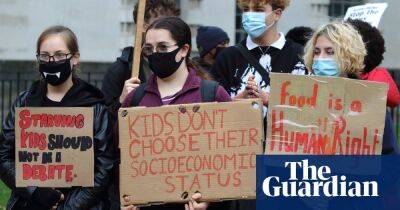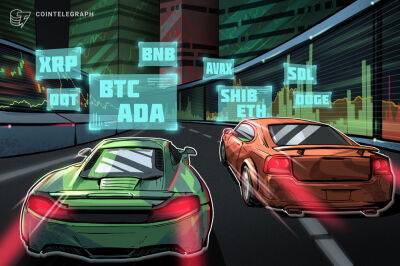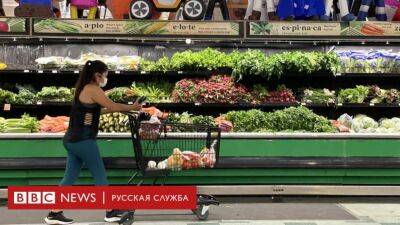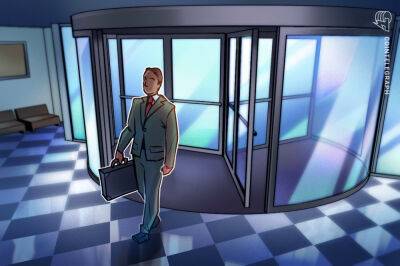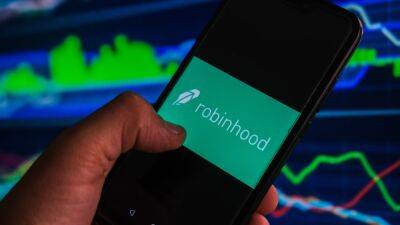A UK recession seems certain – the only question is how deep?
There is a word for what is about to hit the UK economy and it is stagflation.
The combination of two dreaded terms in the economic lexicon – stagnation and inflation – should send ripples of apprehension and unease through the corridors of the Treasury’s Horse Guards Road offices and the Bank of England’s home on Threadneedle Street.
Once countries are locked into a period of low growth and high inflation, experience suggests the exit is usually painful.
And maybe it won’t even be weak growth that is the problem ahead, but a full-blown recession.
Earlier this week, the National Institute of Economic and Social Research (NIESR) became one of the first forecasters to predict a recession in the second half of this year, though its modelling showed it would be a modest affair such that the term stagnation was still appropriate.
After the official growth figures for the first quarter came in on Thursday below expectations at 0.8%, when the average forecast by City economists was 1%, the talk is no longer about whether there will be a recession, but how deep.
The monthly figure for March GDP growth was negative at -0.1%, indicating that economic activity had slumped since January’s 1% increase and a recession could be on its way at an even faster pace. Never mind waiting for the autumn, the periods covering the spring and summer could be negative.
“Suddenly, our forecasts that GDP will be flat in both the second quarter and the third quarter seem pretty optimistic,” said Paul Dales, the chief UK economist at the consultancy Capital Economics. “A contraction in GDP or a recession now feels a bit more likely.”
It feels like the strength of the economy has drained away since February at an alarming pace. And the situation would have
Read more on theguardian.com
 theguardian.com
theguardian.com








